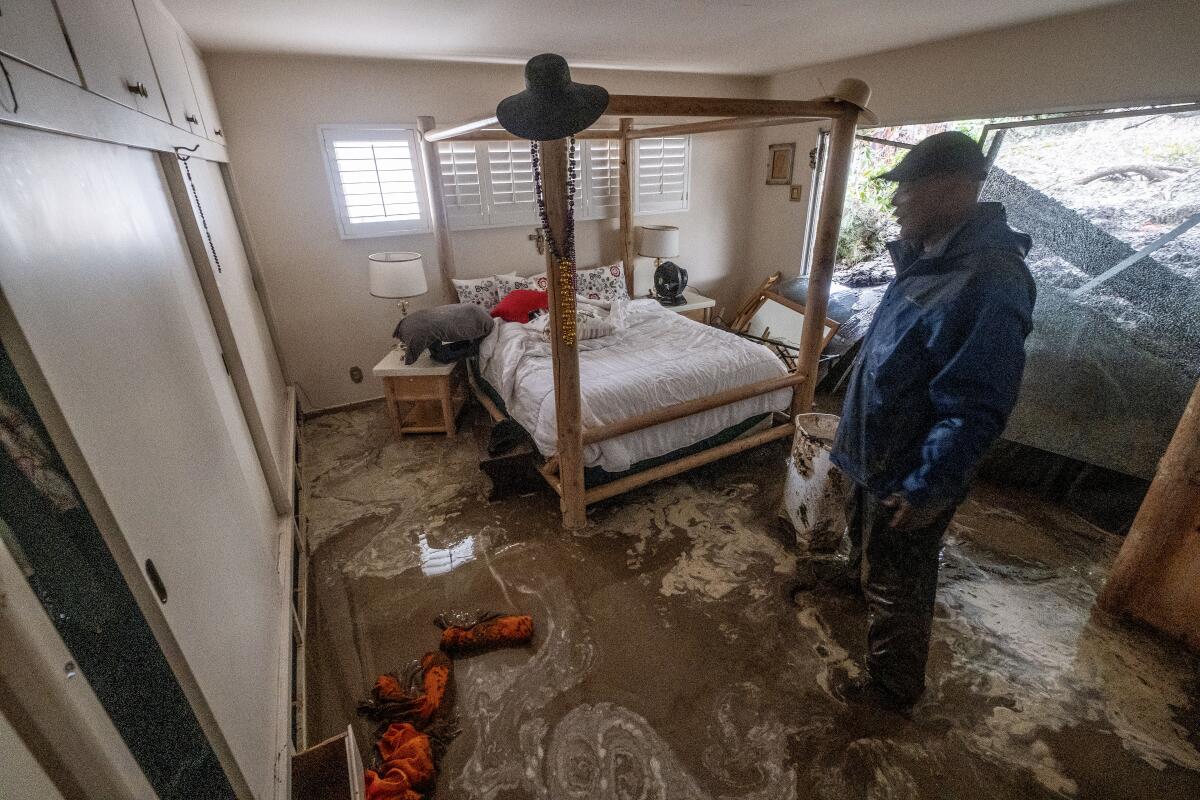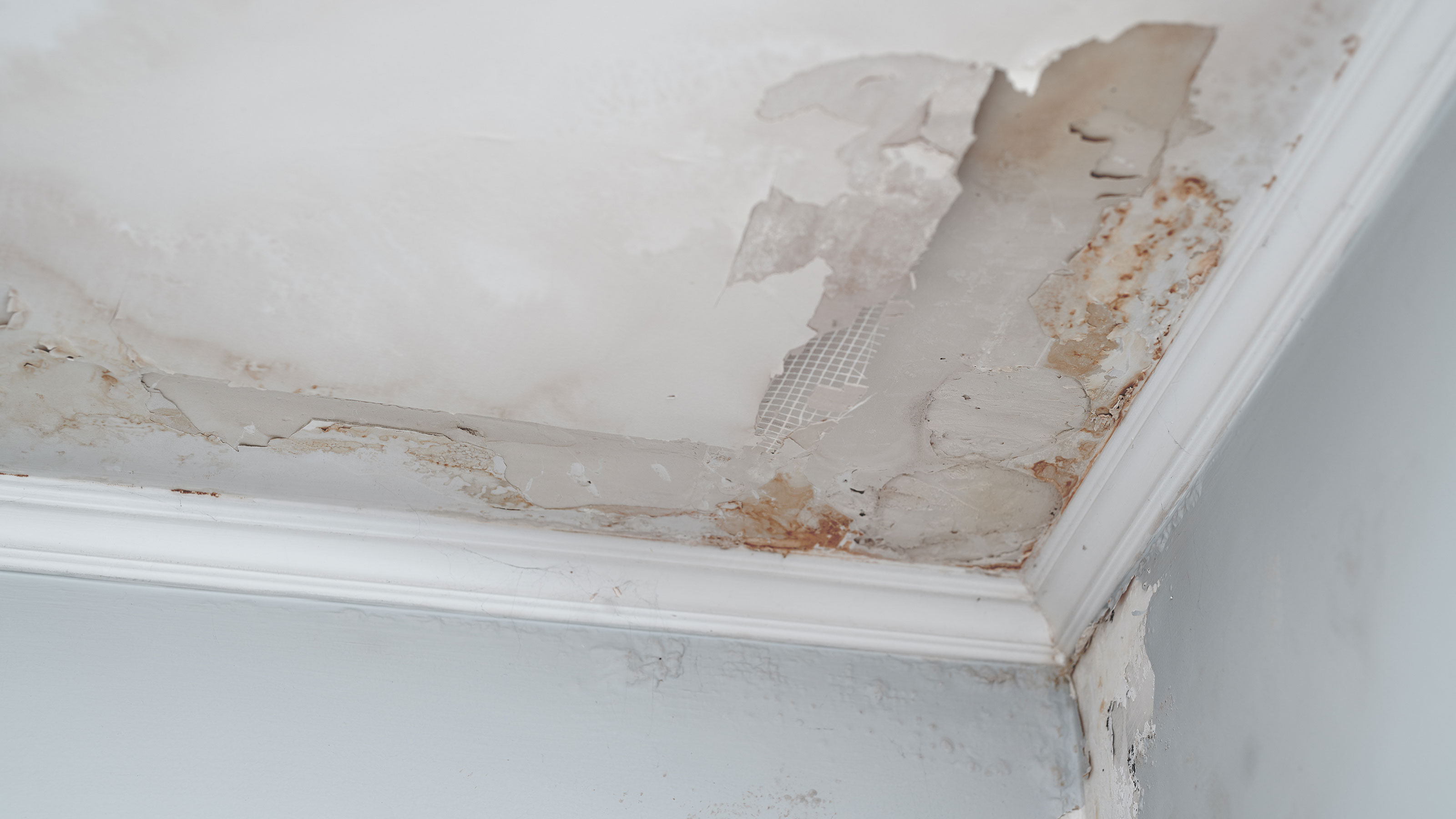Leading Water Mitigation Company Offering Fast and Efficient Solutions
Wiki Article
The Process of Water Damages Clean-up: Ensuring Your Home Is Recovered Effectively
Water damages can be a challenging challenge for house owners, demanding a structured and precise cleaning process to bring back security and functionality. Originally, a comprehensive evaluation is crucial to identify the degree of the damage and determine the proper removal actions. Following this, effective water removal methods play an essential function in minimizing more damage. The subtleties of drying, disinfecting, and eventual reconstruction are equally crucial and commonly forgotten. Recognizing these phases can make a significant difference in the outcome of your home's restoration, motivating a closer appearance at what each step entails.Evaluating the Damages
Upon uncovering water damage, the very first step is to thoroughly analyze the degree of the influence. This first analysis is important, as it aids identify the essential actions for effective cleanup and repair. Begin by evaluating the affected locations, including walls, ceilings, floors, and individual items, to identify the resource of the water invasion, whether from flooding, leakages, or condensation.Recording the damages is necessary for both insurance policy cases and intending restoration efforts - damage restoration services. Usage pictures and created notes to record the intensity of the damages, keeping in mind any kind of affected structural elements and products. Pay special attention to areas that may not be instantly noticeable, such as behind wall surfaces and under carpetings, as concealed dampness can result in more problems, including mold and mildew growth
Furthermore, examine the timeline of the water direct exposure. The longer the materials stay damp, the higher the possibility for damage. Recognizing the period of direct exposure will certainly educate the necessity of remediation efforts. Inevitably, a comprehensive analysis prepares for a successful water damages clean-up procedure, making sure that all influenced locations are attended to efficiently and completely.
Water Removal Techniques

Specialists commonly utilize completely submersible pumps for larger volumes of water, which can rapidly ease flooding in cellars or other affected areas. For smaller sized amounts, wet/dry vacuums are typically made use of to extract residual dampness from carpetings and difficult surfaces. Furthermore, using portable extractors permits for targeted removal in restricted rooms or areas with delicate materials.
In instances of infected water, such as sewer or floodwater, advanced extraction techniques might entail the usage of biohazard equipment to ensure safety and security and compliance with health and wellness laws. High-powered extraction tools are crucial in reducing water retention in structural products, which can bring about mold growth and architectural damage otherwise dealt with without delay.
Eventually, the performance of water extraction methods plays a critical function in the general success of the water damages cleanup process, laying the groundwork for succeeding reconstruction initiatives.
Drying and Dehumidification
When standing water has been efficiently drawn out, the following vital stage in the water damages cleanup process is drying out and dehumidification. This action is necessary to prevent further damage and mold growth, which can occur within 24 to two days in moist atmospheres.To accomplish efficient drying, specialized tools such as industrial-grade air movers and dehumidifiers is employed. Air movers circulate air throughout wet surface areas, enhancing evaporation rates, while dehumidifiers lower humidity degrees airborne, advertising a conducive environment for drying out. The combination of these devices makes certain that dampness is attracted out from home furnishings, floors, and wall surfaces, permitting them to completely dry extensively.
It is necessary to keep an eye on the drying procedure carefully. Specialists commonly use wetness meters to evaluate the dampness content in numerous materials, ensuring that all impacted areas get to acceptable dryness levels. This thorough method helps to stop hidden dampness pockets that can bring about architectural damage or undesirable mold growth.

Cleaning and Disinfecting
After the drying out and dehumidification phase is complete, the next vital action in water damage clean-up is cleansing and disinfecting the affected locations. This process is essential to avoid the growth of mold and mildew, bacteria, and various other pathogens that prosper in moist settings.The cleaning phase typically includes removing any particles, dirt, and contaminants from surfaces using specialized cleaning up representatives. For hard surfaces, a mix of soap and water or industrial cleaning items is often used. Soft products, such as furniture and rugs, might require extra substantial cleansing methods, including vapor cleaning or deep extraction strategies, to make certain comprehensive cleanliness.

Disinfecting follows cleansing, utilizing EPA-approved anti-bacterials to get rid of damaging bacteria. This action is vital, especially in areas that might have entered into call with floodwaters or sewage, as these sources can present major health and wellness dangers.
Additionally, it is very important to deal with any type of remaining smells, which might need the usage of smell neutralizers or sophisticated strategies like ozone treatment. Appropriate cleaning and sanitizing not just bring back the safety and security and health of your home but likewise prepared for effective remediation and fixings in subsequent phases of the water damage cleanup process.
Remediation and Repair Work

As soon as the assessment is full, remediation initiatives can begin. Furthermore, flooring might call for similar attention, depending on the level of water direct exposure.
It is essential to engage emergency water leak repair experienced repair specialists throughout this process, as they possess the proficiency to take care of intricate repairs efficiently. They can aid mitigate possible future concerns, such as mold development or architectural instability, therefore ensuring a habitable and safe living environment. Eventually, reliable remediation and repair services restore the home's integrity and enhance its overall value.
Conclusion
In verdict, the process of water damage cleanup is crucial for bring back a home to its pre-damage condition. Each phase, from evaluating the damages to carrying out efficient water extraction methods, followed by extensive drying, sterilizing, and needed repair work, plays a necessary role in ensuring safety and conformity with structure requirements. Efficient execution of these actions not just alleviates instant damages but additionally boosts the long-lasting integrity and worth of the building.Water damage can be an overwhelming difficulty for house owners, necessitating a structured and careful cleanup procedure to restore safety and capability. Eventually, a thorough evaluation lays the foundation for a successful water damage cleaning procedure, guaranteeing that all influenced areas are attended to effectively and completely.
Reliable water removal techniques are crucial in mitigating damage and stopping further issues adhering to a water invasion occasion.In conclusion, the process of water damages cleaning is vital for recovering a home to its pre-damage problem. Each phase, from evaluating the damages to applying reliable water extraction techniques, complied with by comprehensive drying out, disinfecting, and essential repairs, plays a necessary duty in ensuring security and compliance with structure requirements.
Report this wiki page